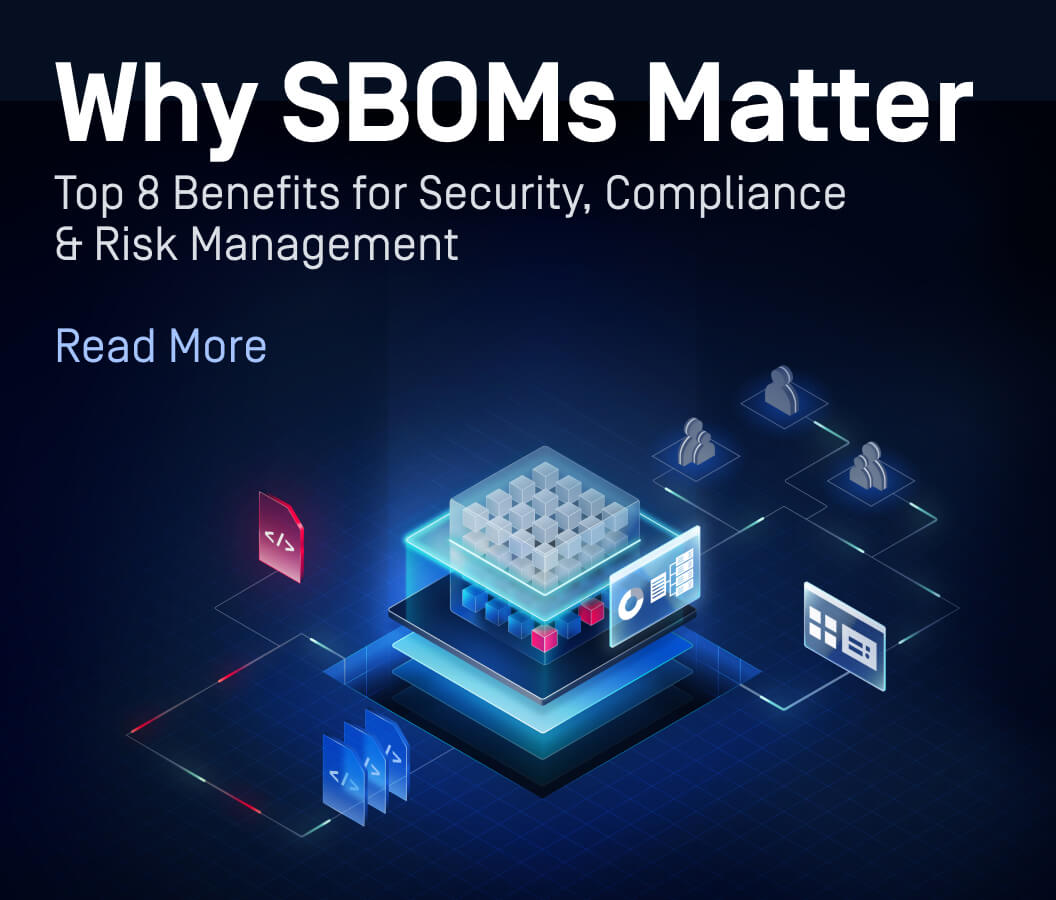Are you still using FTP or email to transfer confidential files and sensitive data? When using these methods for exchanging sensitive documents, you are putting your organization at risk for data breaches: FTP is not secure and can be unreliable and cumbersome; email can be easily intercepted and offers limited tracking capabilities.
 To avoid employees choosing unsecured methods for sending sensitive data, it is important to provide a secure, easy to use and readily available solution. A Secure File Transfer system allows users to easily send and receive files instantly and securely, helping you protect your confidential data, as well as improving efficiency.
To avoid employees choosing unsecured methods for sending sensitive data, it is important to provide a secure, easy to use and readily available solution. A Secure File Transfer system allows users to easily send and receive files instantly and securely, helping you protect your confidential data, as well as improving efficiency.
Here are four ways in which Secure File Transfer can help to prevent data breaches:
#1: Encryption to Ensure Confidentiality
FTP servers store files in plain text. This means that if an attacker gains access to the FTP system, they will be able to access all files on the system. A secure file transfer system encrypts files in transit and at rest so that only authorized users and recipients can decrypt the files.
#2: Automatic File Expiration to Reduce Exposure
By setting files to automatically expire when they are no longer needed, you reduce the risk of exposure. For FTP systems, the files need to be manually removed which usually means the files stay on the system for a long time. With a Secure File System, you can specify a time frame or number of downloads after which the files are automatically removed.
#3: Authentication to Ensure Correct Recipient
When sending emails or download links, you cannot ensure that only the intended recipient will receive the PII. Emails can be intercepted, forwarded and hacked. With a Secure File Transfer system, you can require the recipient to authenticate before downloading the files. This means that even if the download link is exposed, the file cannot be downloaded without the intended recipient's user credentials.
#4: Track Who Received Files and When
A Secure File Transfer solution includes tracking and auditing of file transfers, providing information about who downloaded files and when. This provides companies with the ability to trace files and make sure that they have not been accessed by unauthorized parties.
By using a Secure File Transfer System such as Policy Patrol Secure File Transfer, you can make sure that your employees do not revert to unsecured methods for sending sensitive files, and in doing so, reduce your risk of data breaches. In addition, with a Secure File Transfer system, employees can work more efficiently with faster turnaround times and tracking confirmations.

